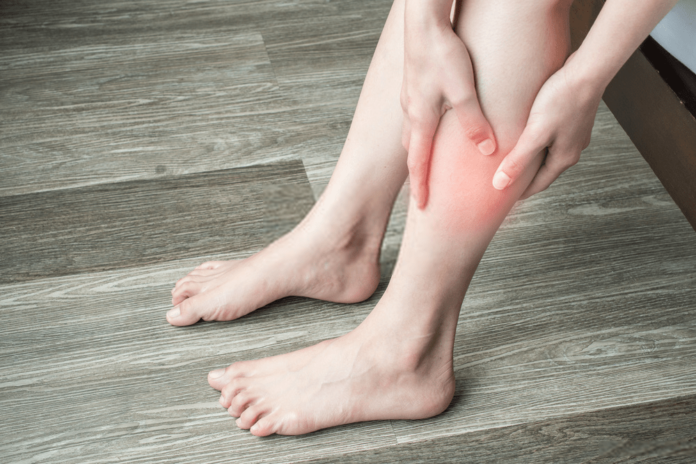Today, we are trying to detect some symptoms of a blood clot in the leg. A clot (lump) is a type of blood that changes from a liquid state to a gel or semi-solid state. Coagulation is a fundamental method that can restrict you from losing more blood in some cases, such as injuries.
When a clot structures in one of the nerves, it does not always dissolve. It can be a dangerous situation and even life in danger.
A calm blood clot will usually not harm you, but there is a chance that it will move and become dangerous. When a blood clot is released and reaches the heart and lungs, it can block and prevent blood flow. Symptoms of a blood clot in the leg can create a medical emergency.
Types of Blood Clots
Your circulatory system consists of vessels called veins and arteries, which carry blood to the body. Blood clots may form in the arteries.
When a lifeblood clot occurs in an artery, it is called an arterial clot. This type of clothing causes symptoms immediately and requires emergency treatment. Symptoms of an arterial thickness include severe pain, body paralysis, or both. It can cause heart attacks or strokes.
A lifeblood clot that occurs in a vein is called a venous thrombus. This type of blood can accumulate more slowly over time, but it can be fatal. The most severe form of venous thrombosis is called deep venous thrombosis.
Deep Vein Thrombosis
Deep Vein Thrombosis (DVT) is the name given to the development of a clot in one of the central veins of the body. These occur more frequently in one of the legs, but they can also occur in the arms, pelvis, lungs, or even the brain.
Without medical help, you cannot know if you have blood. Knowing the most frequent symptoms and danger factors can give you the best chance of knowing when to choose a specialized option.
It is reasonable to have a blood clotting without apparent signs. When signs appear, some people agree with the symptoms of other conditions. These are the first warning signs and symptoms of a blood clot in the leg or arms, heart, stomach, lungs, and brain.
Symptoms Blood Clots in the Leg or Arm
According to Akram Alashari, a traffic accident surgeon and intensive care doctor at the Grand Strand Regional Medical Center, blood clotting is more common in the lower extremities.
Symptoms of a blood clot in the leg can have many symptoms, including:
- Inflammation
- Pain
- Sensitive
- A feeling of warmth
- Red discoloration
Your manifestations depend on the extent of the clot. That is why you may not have symptoms or mild swelling of the calf without much pain. If the lump is large, the entire leg may open under severe strain. The chance of developing a blood clot increases when symptoms appear in a leg or arm.
When to Call a Doctor
It is challenging to diagnose a blood clot with only symptoms. According to a source from CDCTrusted, approximately 50 percent of people with DVT have no symptoms. Therefore, it is better to call your doctor if you think you can get one.
The symptoms of a blood clot in the leg that arises from nowhere are especially problematic. Call local emergency services immediately if any of the following symptoms occur:
- Trace the short breath
- Chest pressure
- Difficulty breathing, showing, or speaking
Your doctor or another health professional can determine if you have questions and send you more tests to explain the exact causation. In a few cases, the first step will be an invasive ultrasound. This test shows an image of the vein or arteries that will help the doctor’s diagnosis.
Treating Blood clots in Legs Naturally
According to nutrition expert and macrobiotic health educator Shilpa Arora, she would need to eat foods such as white bread, cakes, cakes, cookies, refined oils, and refined flour. All these foods increase inflammation in the body and cause more blood clots.
Here are some home remedies for blood clots that you can try.
1- Curcuma
Curcuma is an agent that contains turmeric, known as curcumin, which works with platelets to prevent stress. The medicinal properties also help in the treatment of the disease caused by blood clots. It is said that the bioactive properties of turmeric are associated with several isolated components of its rhizome. Turmeric acts as an antithrombotic or anticoagulant that involves the modulation of several factors. That contributes to the formation of the developing abdomen.
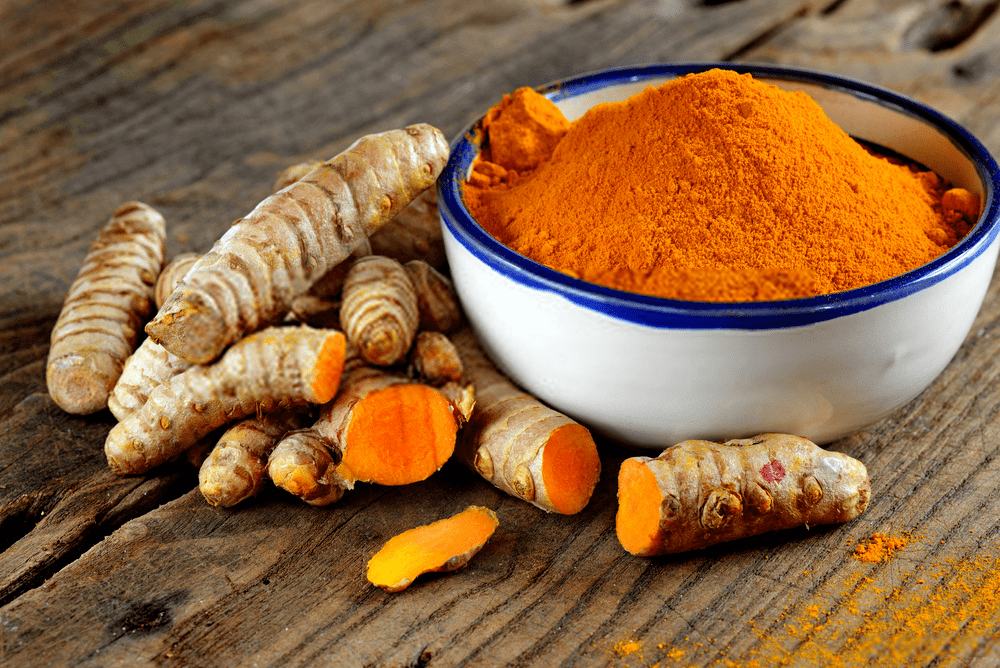
2- Onions
According to food expert Shilpa, garlic contains salt compounds that are known to deepen blood clots. Get a garlic breakfast for effective results. Garlic works in the smooth muscles of the arteries and makes them relax and expand, reducing blood pressure. It also acts as an anticoagulant and precludes the development of blood clots in patients at risk of blood clots.
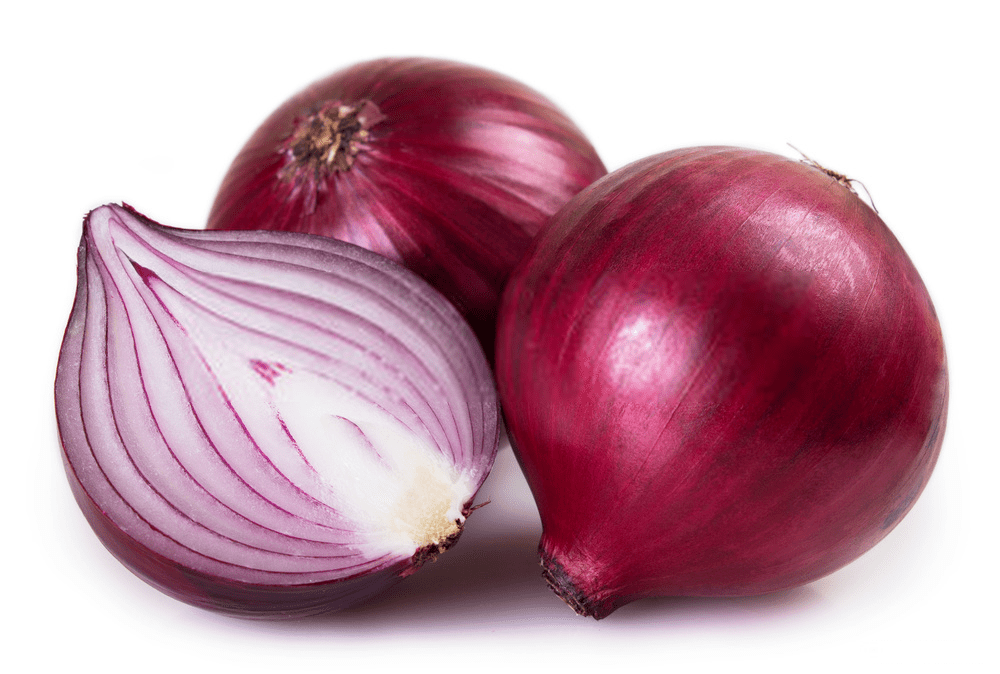
3- Cayenne
Cayenne pepper is a natural anticoagulant. It could have a powerful effect on your body, thanks to the presence of salicylates. The cayenne capsaicin compound promotes regular circulation and prevents the formation of blood clots. The compound helps eliminate lipid deposits that block arteries and helps in arterial digestion to remove blood clots and associated diseases.
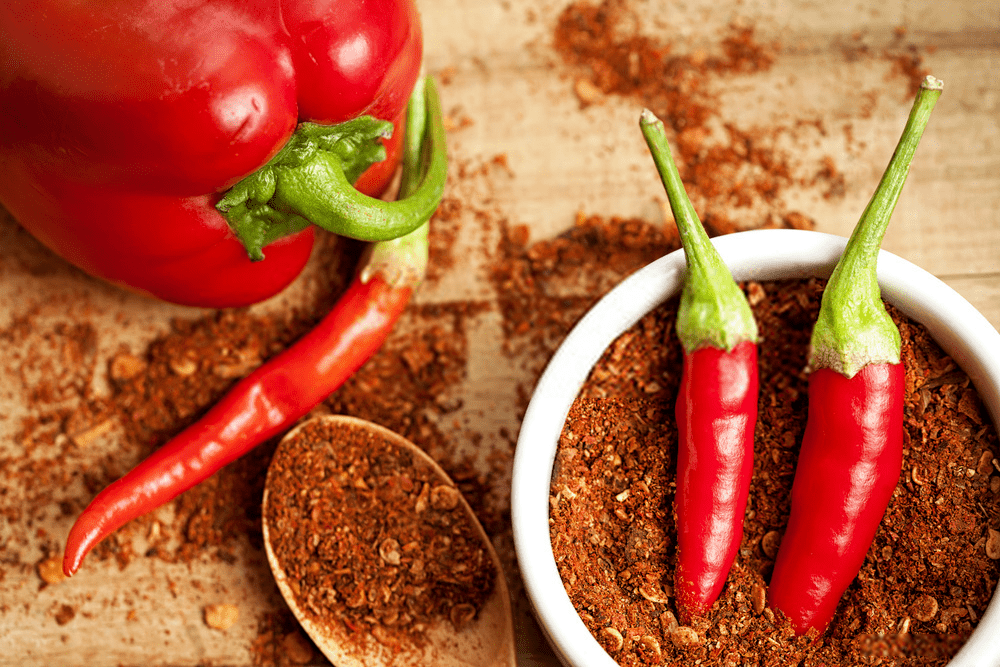
4- Arjun Ki Chahal
According to nutritionist Dr. Simran Saini of Fortis Hospital, Arjun ki chhaal, or Terminalia Arjuna, is an effective natural anticoagulant. All you have to do is take Arjun ki chaal (bark), immerse it in hot water, and drink water every morning. Arjun ki chhaal promotes a stronger contraction of the heart muscle, allowing the heart to function optimally.
5- Flax seeds and chia seeds
Small bones are rich in healthy omega-3 fatty acids that help prevent blood clots and improve blood circulation. Flax seeds are said to produce platelets, and blood cells involved in coagulation are less sticky. These bones can reduce the risk of coronary arteries. Chia seeds are known as natural anticoagulants. They are full of essential nutrients, especially omega-3 fatty acids that are good for the heart.
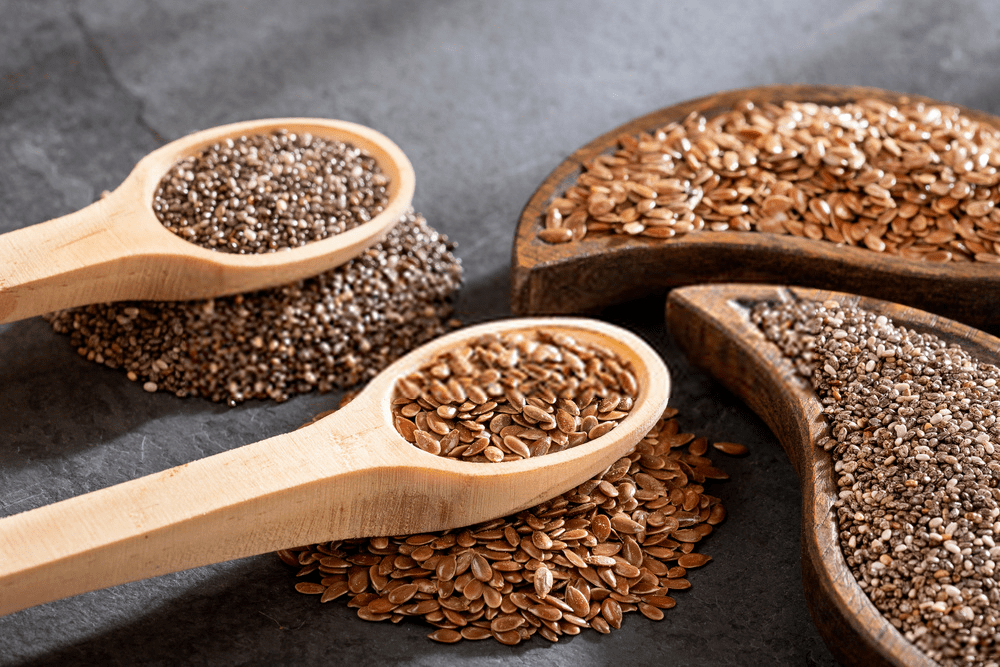
How to Prevent Blood Clots
Blood clots are becoming a common disease, and the best ways to prevent symptoms of a blood clot in the leg and any other part of our body include:
- Know your risk of blood clots.
- Identify the signs and manifestations of lifeblood clots.
- Tell your doctor if you have risk determinants for lifeblood clots.
- Talk to your doctor about blood clots before surgery.
- Ask your doctor as soon as possible if you have any symptoms of blood. Blood clots can be treated safely.
Other measures to reduce the appearance of symptoms of a blood clot in the leg or arm:
- It is necessary to know your family records. Tell your physician and other family members if you know your family has blood clots.
- If you need to sleep after surgery or due to illness or paralysis in the hospital or at home, ask your doctor what options are available to prevent blood disorders.
- Stay awake and move when sitting or traveling by plane, train, or car for a long time. Get up and take out your legs every 2-3 hours.
- Keep a healthy weight.
- Do not smoke or take measures to quit smoking.
Treatment for Clots
If you are developing a TVP or EP, the immediate priority is to remove the light from the blocked area. So, you must prevent another from happening. It is a complex problem, and the doctor’s approach depends on individual health and risk factors.
Initially, an injection of the medication may be given to resolve the inflammation, followed by the prescription of an anticoagulant to suppress the coagulation system of the body. Warfarin (Coumadin) has been the most oral anticoagulant since the 1950s.
Warfarin saves many lives every day but at a price. For Warfarin, the risk of severe unwanted bleeding is between 1% and 2% per year. When taking Warfarin, regular laboratory tests and daily consumption of certain foods that may interact with the prescription and improve the risk of bleeding should be performed.
How long on Anticoagulation?
The time warfarin will take will probably depend on your situation. If coagulation occurs after major surgery or rupture, it may be necessary to take Warfarin within 3 to 6 months. However, if stigma is not established, the situation changes. “If that is not the case, your chances of getting another dress are around 50% in the next ten years.”
Existing guidelines for experts require undefined anticoagulants after an unstable venous lump. Your doctor may try to stop Warfarin first if you have a high risk of bleeding.
Even with the right treatment, survivors may have long-term problems. Within two years after DVT, 30% of people suffer from a post-thrombotic syndrome that causes chronic leg pain, inflammation, and rarely a painful ulcer that does not heal. About 2% to 4% of survivors of PD develop chronic thrombotic pulmonary arterial hypertension, which leads to breathing and less effort.
The use of vascular compression stockings to promote blood circulation in the legs and decrease the symptoms of a blood clot in the leg can prevent post-thrombotic syndrome. Doctors usually prescribe knee socks that should not be worn in bed day and night. Socks should be replaced every three months after losing their elasticity. And they would have to be used for almost two years.

